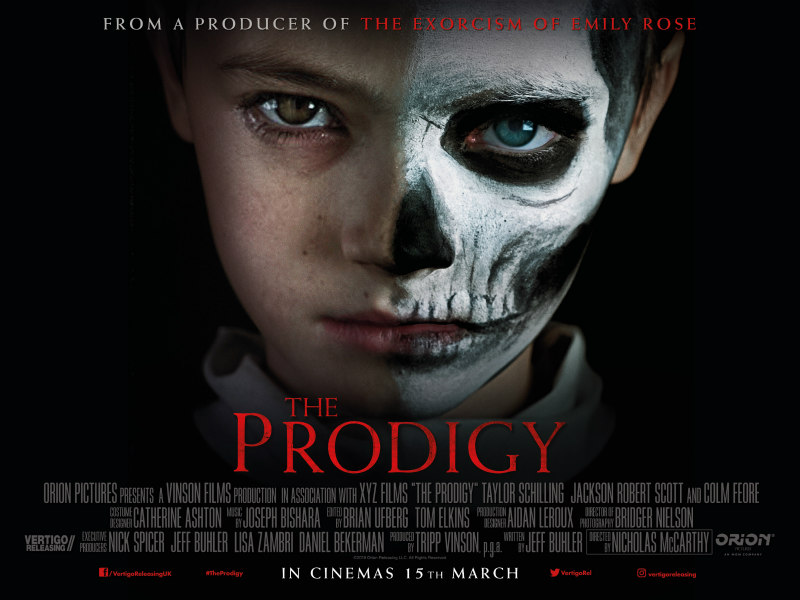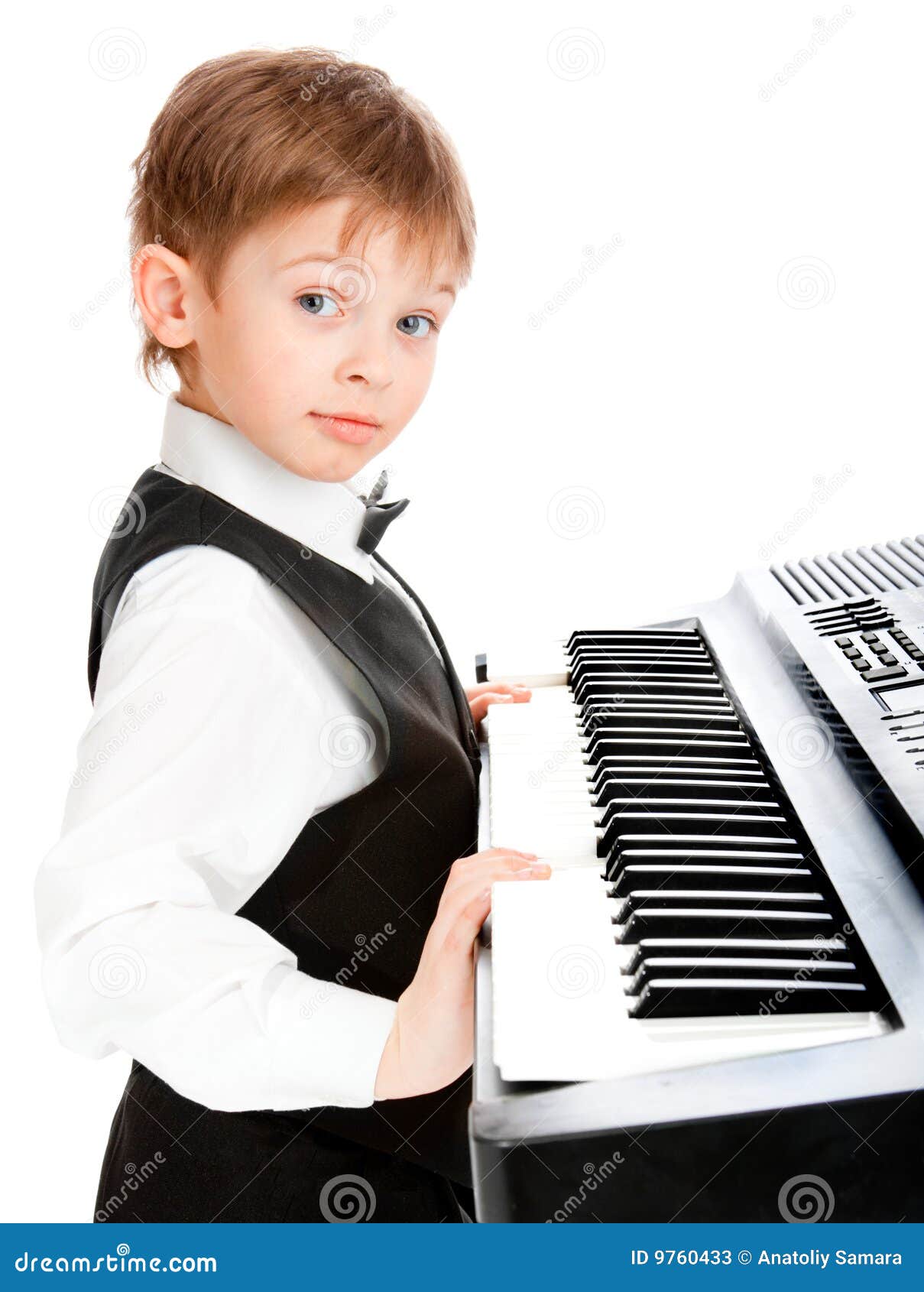


So then, of course, we played a number together, and that little bit of film turned out to be the only filmed evidence of Charlie Parker playing live.” Then there’s that priceless television kinescope from 1952, which Dick explains in his eloquent, understated way: “I played on a local show on the DuMont network that aired every evening, called Date on Broadway, and one night the guests were Earl Wilson, the Broadway columnist, introducing Leonard Feather, the jazz writer, presenting the Esquire Award to Charlie Parker and Dizzy Gillespie. Johnson, Teddy Wilson, even Art Tatum, whom Rachmaninoff regarded as the greatest pianist in any style. The visuals would be equally evocative - photographs and newsreels from the ragtime era to the Jazz Age to the Great Depression, along with split-screen shots of Hyman and the piano giants whose styles he is able to replicate: Jelly Roll Morton, Fats Waller, James P. The film’s soundtrack would be drawn, naturally, from Hyman’s wide-ranging oeuvre, which is really the soundtrack of 20th-century America: ragtime, stride, boogie-woogie, swing, bebop, rock and roll, bubblegum pop, elevator Muzak, soap-opera organ swells, game-show schmaltz, space-age electronica. Here’s the pitch: a young, white, mild-mannered pianist, possessed of an almost superhuman ability to play anything, finds himself in the thick of the raging jazz world of postwar New York and while eluding classification - no one can really pin him down - he leads a career as long, varied, and colorful as any in American music.

Someone should make a documentary about Dick Hyman ’48CC.


 0 kommentar(er)
0 kommentar(er)
